Table of Contents
What is Segment Routing?
Network technology is developing day by day. With this development many Technologies are coming to our lives and all these new Technologies need different type of requirements. What are these Technologies? For example, Internet of Things (IoT), 5G, Cloud Services etc. For these new services, new requirements has arisedand networks has become insufficiant. So, as a new concept, Segment Routing (SR) has developed. Here, Segment Routing (SR) is basically a new view to source routing with MPLS or without MPLS. With this new protocol, data packets are forwarded based on source routes but with a more flexible and scalable way. With this new concept we do not use “per application” behaviour. Instead, SR routers behave each packet according to the forwarding information inside the packet.
In Segment Routing (SR) concept, network paths are divided into a couple of segments and each of these segments has a Segment ID (SID). This Segment ID is a 32 bits value. These segments are the identifier of different information. The source selects a path with a segment list that includes different Segments with different Segment IDs. This segment list is encoded in packet header.
Many Network vendors like Cisco, Huawei, Juniper and Nokia has solutions for SR.
What Are The Lacks of Legacy Routing?
In todays’s World network Technologies are developing very rapidly. Many new technologis has been added to our World and this still continues. With these new Technologies, the existing networks become insufficiant. So, they should adapt to these changes. But, adaption to the new technologis with old routing style is more complex and not an efficient way for networking. So, Segment Routing (SR) has developed.
Think about it? Making too much changes on an existing system or developing a new view is better? The answer can be changed but going through a new way seem better acording to many network experts.
In the classical routing, paths are calculated according to the used services. If it is a best effor traffic, it is routed through a low cost path or if it is a critical traffic, it is routed through a more secured path. This scenarios are too much. The network need to adapt dynamically to these changes. But with Segment Routing (SR), this hard work is changing.
Segment Routing Types
Based on the used technology, SR concepts can be different. There are mainly two types of SR. What are these Segment Routing types?
- SR MPLS (Segment Routing MPLS)
- SRv6 (Segment Routing IPv6)
SR MPLS (Segment Routing MPLS) is the type that uses MPLS as forwarding plane. Data is sent over MPLS networks. In this type, both IPv4 and IPv6 can be used. If it is used with;
- IPv4, then it is called SR MPLS IPv4, or
- IPv6, then it is called SR MPLS over IPv6 (SRo6)
SRv6 (Segment Routing IPv6) is the another type that uses IPv6 as forwarding plane. In this type of SR, data is sent over IPv6 Forwarding Plane.
Now, let’s talk about the details of the types of SR.
SR MPLS
Segment Routing can be directly added to MPLS architecture. Here, we do not need to change Forwarding Plane. With MPLS forwarding plane our SR MPLS architecture is ready.
SR MPLS is an efficient routing mechanism if we compare it with the legacy MPLS Technology.
So, how SR Works in MPLS architecture? As you know MPLS Works with Labels. Labels are swapped between nodes and the data is sent according to this concept. With SR MPLS, each segment is encoded into an MPLS Label. If there are multiple segments, if there is a segment list, then MPLS Label Stack is used. Here, we are talking about mapping each SID to an MPLS Label. As you know, MPLS Label stack is also used for MPLS VPNs. It is basically using multiple labels together for a packet with different purposes. Here, like traditional label swapping, SR MPLS Label swapping or Segment Swapping is done.
Here, there is also another key thing. In traditional MPLS, Lable distrinution is done with LDP (Label Distribution Protocol) or RSVP-TE (Resource Reservation Protocl- Traffic Engineering). In Segment Routing Technology for segments there is no need for this protocols.
SRv6
SRv6 is the second type of Segment Routing. In this type of SR, IPv6 is used with IPv6 extensions. Here, forwarding plane is based on IPv6 .
In SR MPLS arhitecture we have talked about labels for segments. Here, in SRv6, a segment is encoded as an IPv6 Address. Again, if there is segment list, this segment list are encoded as list of IPv6 Addresses.
Segment Classification
In Segment Routing (SR), different types of Segments are used. Each of this Segments are defined with a different SID. These different SIDs are given below:
- Prefix SID
- Adjacency SID
- Node SID
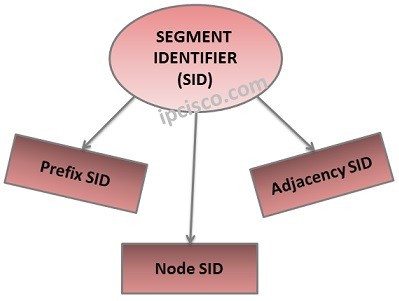
segment-routing-sid-types
So, what is the different between these SR Segments? Below, you can find each of these SID types detaily. But before it, let’s explain SRGB (Segment Routing Global Block). SRGB is the label range used for SR. By default this range is from 16000 to 23999. Some of the SID is given between these range and some of them not.
You can find the differetn label ranges for MPLS and Segment Routing below:
Now, let’s explain different SIDs.
Prefix SID is used for the segment that carries a destination IP address prefix that is calculated by IGP. Prefix SID is globally unique. Prefix SID is a value between SRGB (Segment Routing Global Block).
Adjacency SID is used for the segment that contains an advertising router’s adjacency. It is the link between two devices. Here, each of the adjacencies are identical and Adjacency SID is the identifier of each of it. Adjacency SID is a value that is not in the SRGB (Segment Routing Global Block). And it is a locally unique value even if it can be visible globally.
Node SID is used to for the segments that represent nodes. It is a special Prefix ID. If a loopback address is used on a node, this prefix SID is Node SID. It is also assigned between SRGB like Prefix SID.
All these segments can be used independantly one by one . They can be used also together. These different usages are:
- Prefix Segment Based Mode
- Adjacency Segment Based Mode
- Adjacency and Node Segment Combination Mode
So, let’s explain these different usages one by one.
In Prefix Segment Based Mode Prefix SID of a destination is propagated through the network by IGP (Interior Routing Protocol). This can be OSPF or IS-IS. Here, each of the routers in the network learns the destination SID and calculates Shortest Path to the destination with SFP Algorithm. The other name of this mode is Segment Routing Best Effort (SR-BE). This can be also used as Node Segment Mode.
Below, there is a Node Segment Forwarding Path. Here, from the source, packet is coming with the destination Node SID, 400. And until this destination, this SID is carried together with the packet through this way.
In Adjacency Segment Based Mode, there is a central mechanism. So, it is used with Software Defined Networking (SDN). There are multiple segments with segment lists and traffic is sent through the strict paths that are determined between these links. This is a the mode used with Traffic Engineering. If you use TE with SR, it is called Segment Routing-Traffic Enginering (SG-TE).
Below, there is an Adjacency Segment Forwarding Path. With this path, only the adjacency SIDs between two neighbour are used. At the source, the adjacency SIDs are added to the packet adn according to these adjacency SIDs, packets go to the destination.
The last mode is Adjacency and Node Segment Combination Mode. This mode is also used for Traffic Engineering, as SR-TE. Here, devices calculates the shortest path according to node segments and the paths are not fixed. So these type of paths are called Explicit Paths.
On the below example, Adjaceny-Node Segment Combination Forwarding Path is given. Here, at the source end, one node segment (500) and two adjacency segments (5555 and 6666) are added to the packet. With these segments, packet is delivered to the Node that has Node SID 500 with any way and from there, it follows the determined Adjacency SIDs up to the destination. In other words, both of these segment types are used together in this type of forwarding mechanism.
Segment Routing Advantages
Segment Routing is coming with some advantages for networks. With Segment Routing Advantages, networks that use this technology provide additional qualifications.
So what are these Segment Routing Advantages? These Advantages are :
- Easy SDN Adaptation for your network
- Simple Control Plane with MPLS and Traffic Engineering
- Fast Reroute Support
- Better Scalability
- Centralized Traffic Engineering
- Large scale Data Centers with MPLS enabled Data Centers
- Dual-plane Networks
- Centralized Egress Peering Traffic Engineering (EPE)
- Interoparability with existing MPLS infarstrcture
Beside these, there are also other Advantages of Segment Routing. With widely useed of this excellent technology, we will meet new developments about routing technology.


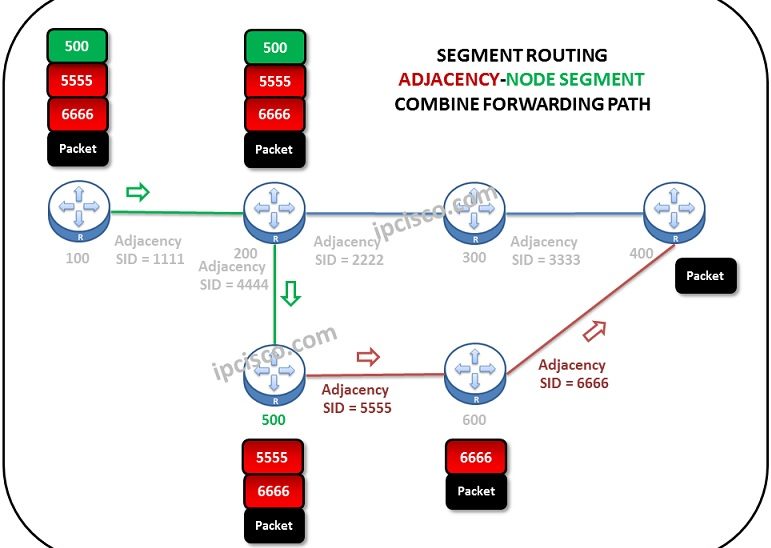
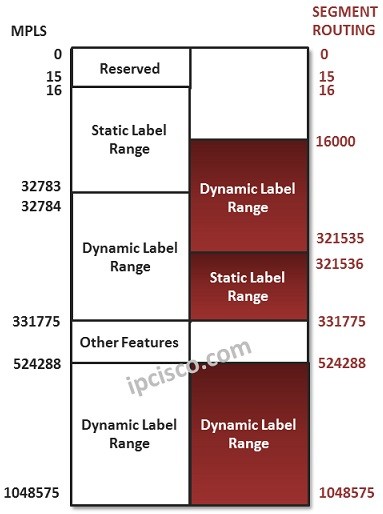
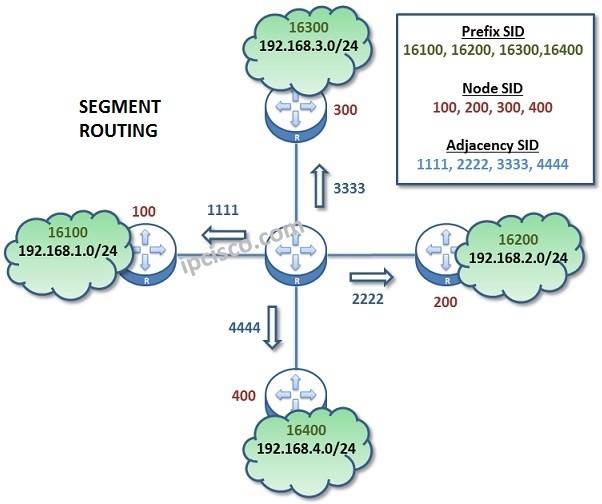

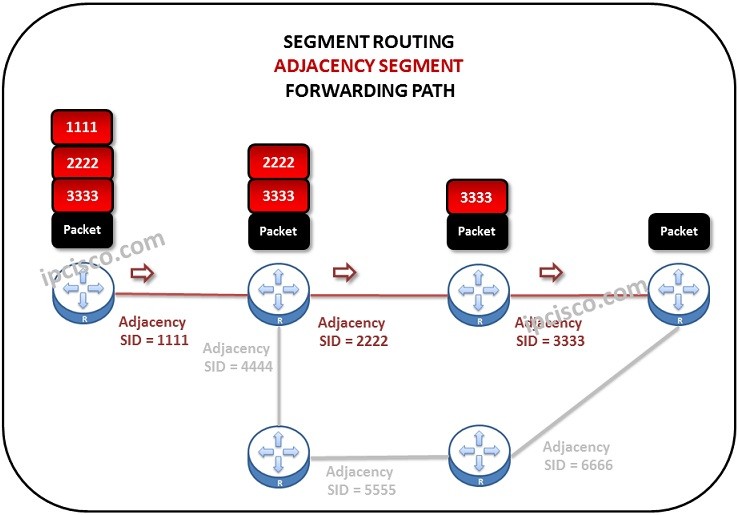
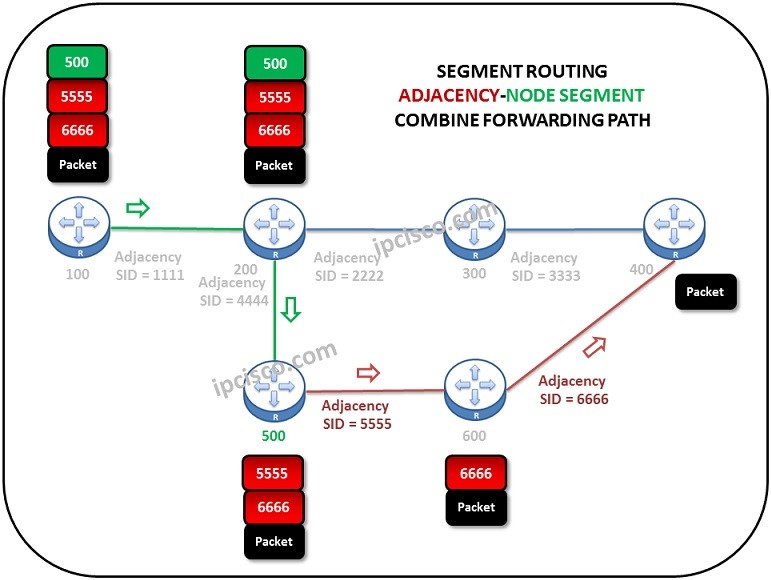

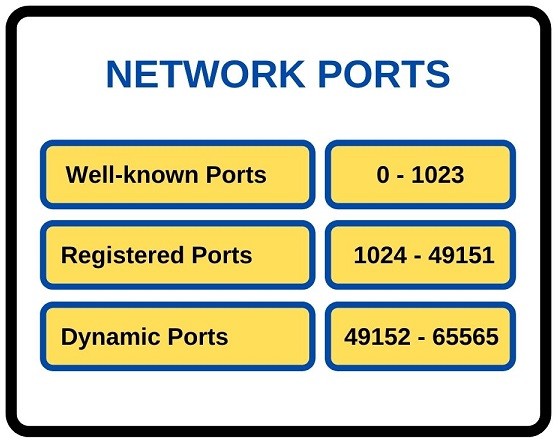
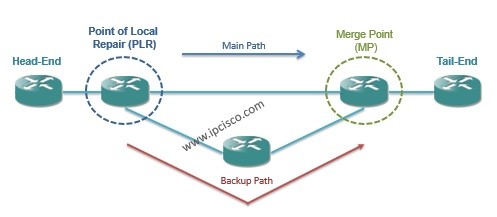
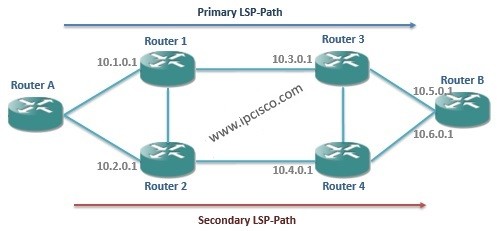

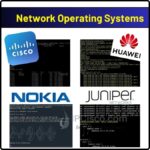



Leave a Reply